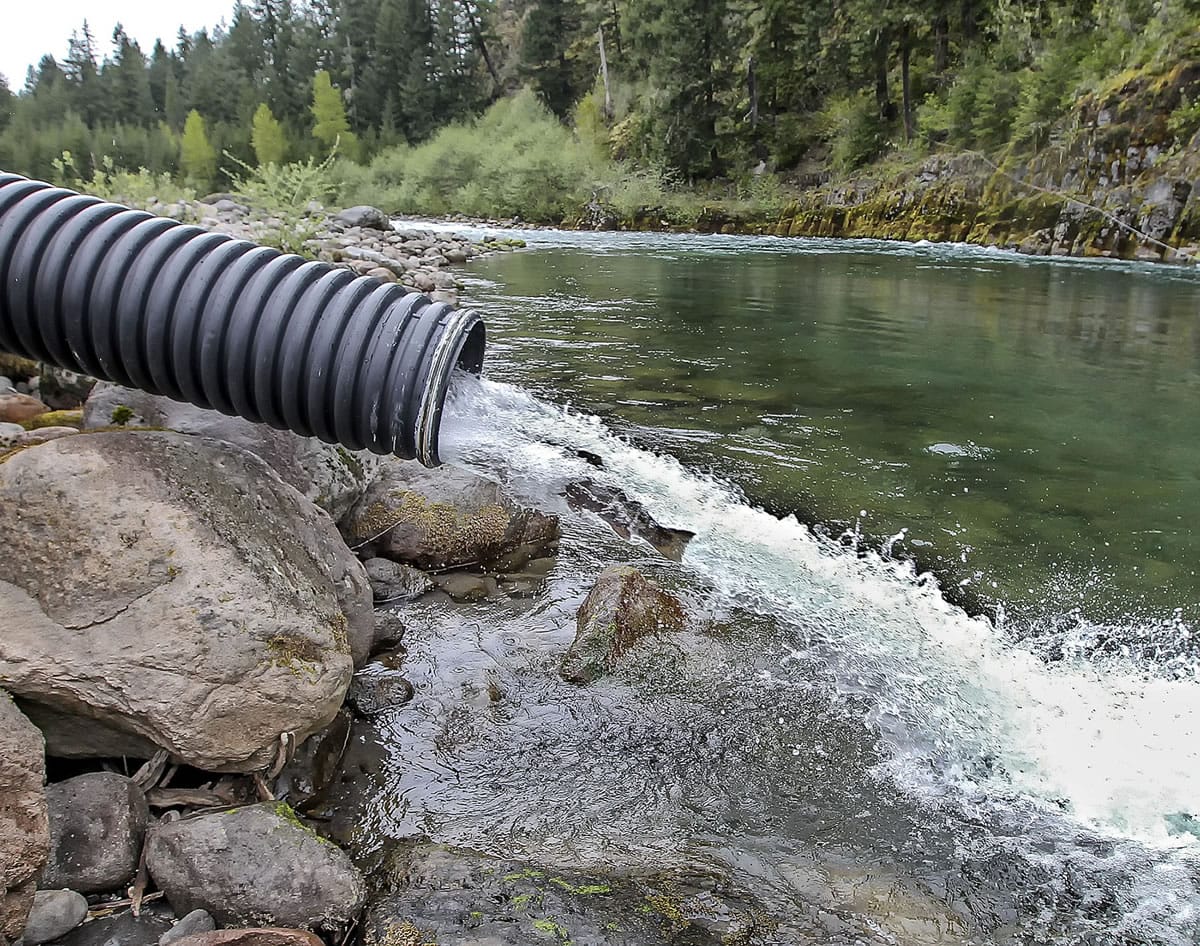ARIEL, Wash. — Reintroduction of spring chinook, winter steelhead and coho is in its infancy in the upper North Fork of the Lewis River.
But bits and pieces of knowledge are being learned almost daily by the U.S. Forest Service, PacifiCorp, Washington Department of Fish and Wildlife and others working in the watershed.
Some of that information was shared recently with the Lewis River Aquatic Coordination Committee.
The committee is a monthly meeting of PacifiCorp, state and federal fishery agencies, the Forest Service, Cowlitz PUD, Indian tribes and others involved in Lewis River management under the utility’s 2008 federal license to operate Merwin, Yale and Swift dams.
For example, in 2014, there were 9,000 adult coho and 1,033 winter steelhead trucked from the lower North Fork of the Lewis and released at Eagle Cliff at the head of Swift Reservoir.
No adult spring chinook were transported in 2014 due to a shortage of fish, but 579 were released in 2013.
The expectation was that coho and steelhead would distribute themselves throughout the watershed from Eagle Cliff to Lower Falls, plus in the plethora of tributary streams.
So far, it’s not happening. The transported coho and steelhead seem to be homing in on a few favored spots.
“We typically see coho spawning all over the lower Lewis,” said Erik Lesko, a PacifiCorp aquatic biologist. “Upstream of Swift, the distribution is much less robust as they congregate predominately between Eagle Cliff and the mouth of the Muddy River.”
A relatively small proportion — about 5 percent to 10 percent — of the coho distribute elsewhere, Lesko said.
“I’ve yet to detect a radio-tagged steelhead up as far as Lower Falls (the limit of upstream fish movement in the North Fork). They don’t go much farther than where Little Creek enter the North Fork of the Lewis River.”
Lesko said 9,000 coho might be more than the habitat can support.
The coho and steelhead seem to lock in on locations where accumulations of appropriate-sized gravels exist.
“A lot of that watershed is bedrock without a lot places where gravel has been trapped,” said Frank Shrier, principal scientist for PacifiCorp.
The Muddy River and Clear Creek, one of its tributaries, are used by the transported fish. Shrier said watersheds with a low gradient are preferred.
Clearwater Creek is a tributary where many fish would be expected, but few are found, said Adam Haspiel, a fish biologist for the Gifford Pinchot National Forest.
“With the eruption of the volcano, the area lost a lot of large woody material,” Haspiel said.
Chris Karchesky, a senior biologist and fish passage coordinator for PacifiCorp, said plans for 2015 call for releasing adult fish in multiple locations to see how they distribute.
New release spots might be at the Lewis River Road No. 90 bridge near Crab Creek, Road No. 93 bridge at Clear Creek and in Clearwater Creek.
“This is a work in progress,” he said.




